Good day everyone, I am new to this and would like to ask for some assistance if anyone could shed some light on this for me. I am aware that the HCA tool is useful in screening poorly cut diamonds. As my knowledge is limited, forgive me if I am asking a silly question.
In the case of comparing super ideal cut diamonds only, does the lower HCA score still reflect a better performing diamond. Ie, 2 diamonds, both super ideal cut and one has a score of 0.9 (which performs better) and the other 1.5. I have searched and when trying to explain the limitations of the HCA score there is a a tendency to show a super ideal cut with a higher score outperforming a triple excellent (but non super ideal cut). I could not really find comparisons or videos explaining the use of the HCA score when applied to only super ideal cut diamonds.
I tend to buy diamonds online and outside of my country of residence due to a lack of similar options locally (that I am aware of).
I am looking at the website Brilliance.com. The seem to have many super ideal cut diamonds. Perhaps again ignorance on my part, but are you generally able to see clearly defined hearts and arrows in a super ideal cut? Some of the images I see, do not seem to be the case. Or are there many grades of a super ideal cut? I know a ASET scope image would be a useful tool, but if there is an absence of that option, is there an alternative.
Thank you very much in advance for anyone who can shed a light on this for me.
In the case of comparing super ideal cut diamonds only, does the lower HCA score still reflect a better performing diamond. Ie, 2 diamonds, both super ideal cut and one has a score of 0.9 (which performs better) and the other 1.5. I have searched and when trying to explain the limitations of the HCA score there is a a tendency to show a super ideal cut with a higher score outperforming a triple excellent (but non super ideal cut). I could not really find comparisons or videos explaining the use of the HCA score when applied to only super ideal cut diamonds.
I tend to buy diamonds online and outside of my country of residence due to a lack of similar options locally (that I am aware of).
I am looking at the website Brilliance.com. The seem to have many super ideal cut diamonds. Perhaps again ignorance on my part, but are you generally able to see clearly defined hearts and arrows in a super ideal cut? Some of the images I see, do not seem to be the case. Or are there many grades of a super ideal cut? I know a ASET scope image would be a useful tool, but if there is an absence of that option, is there an alternative.
Thank you very much in advance for anyone who can shed a light on this for me.

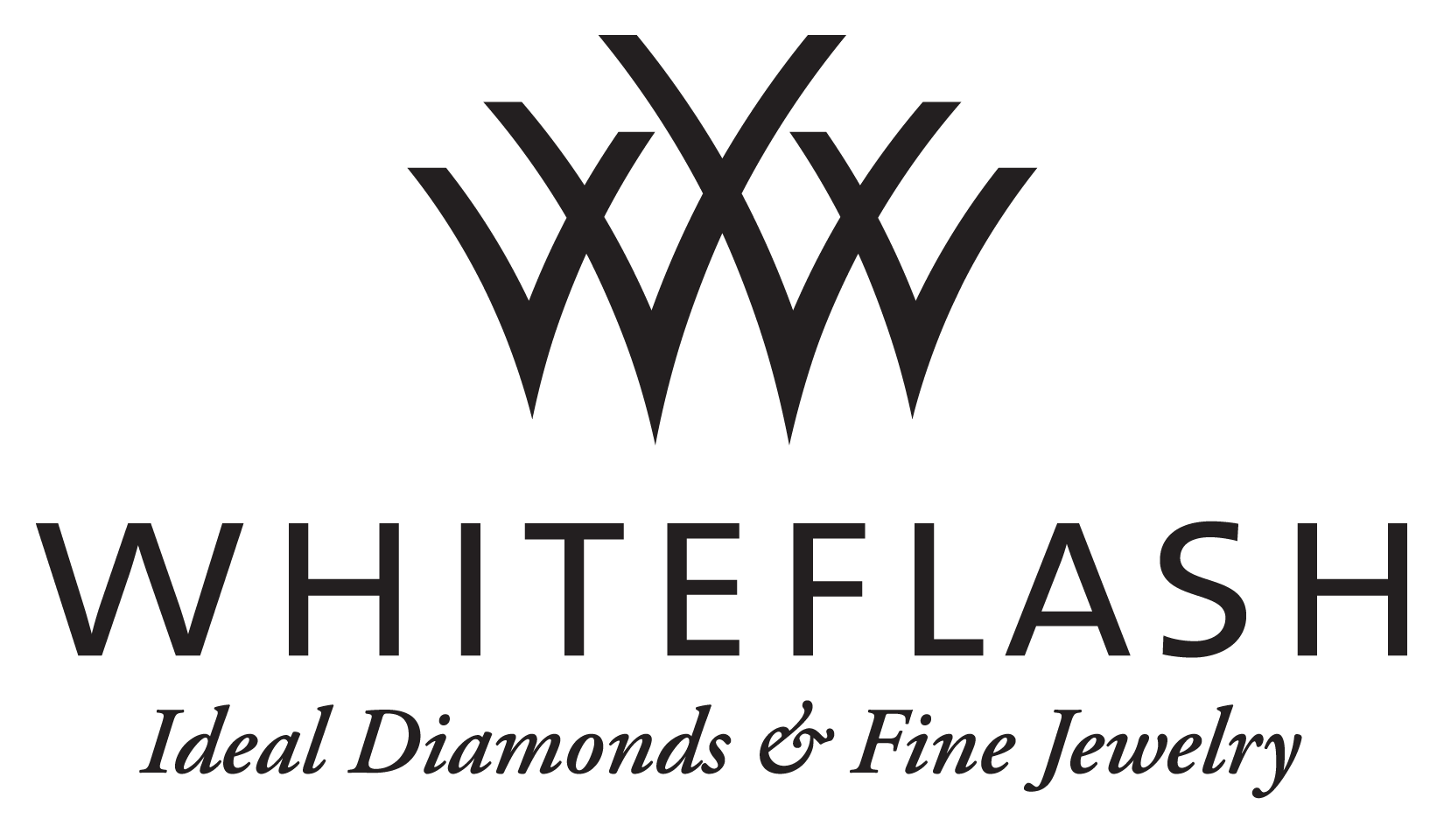
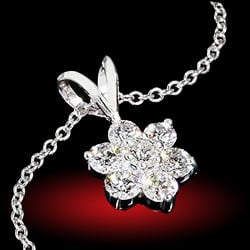
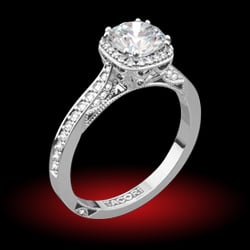
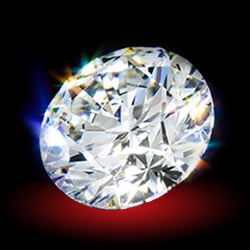
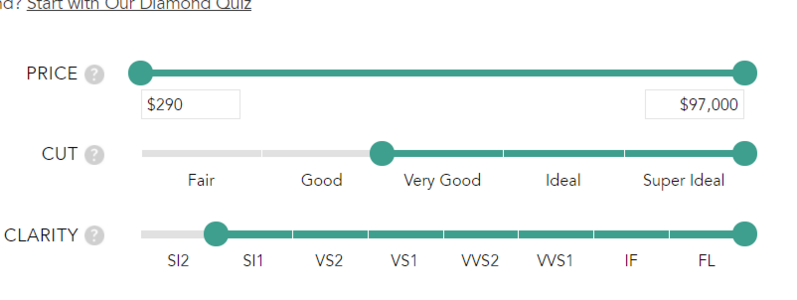
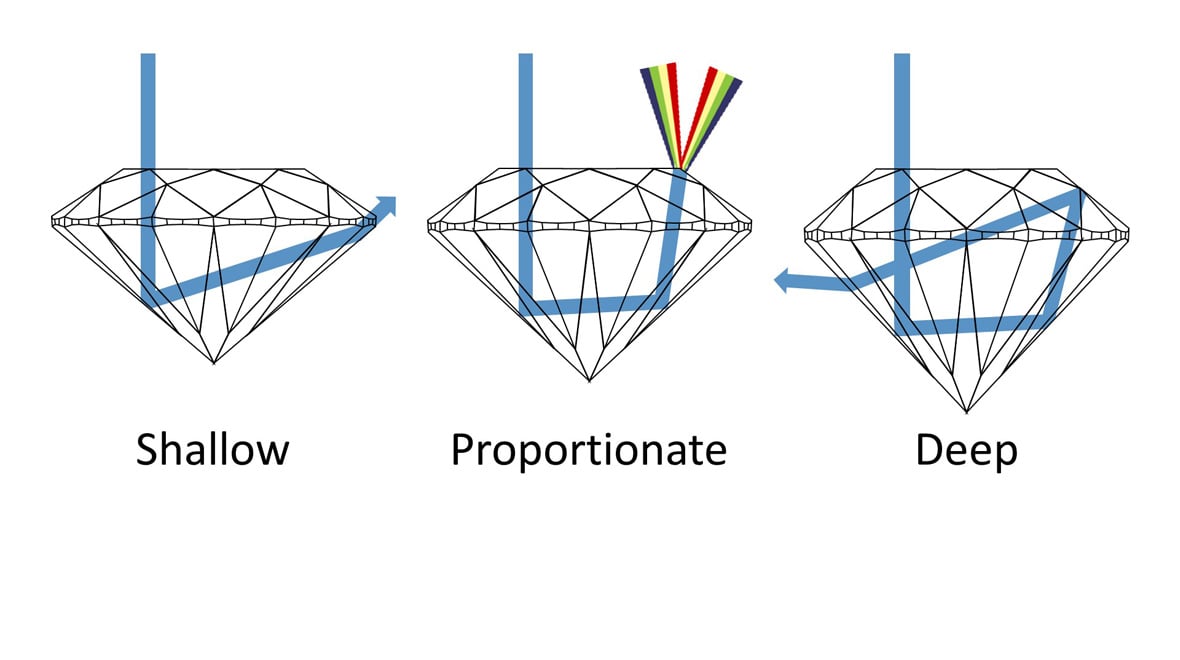
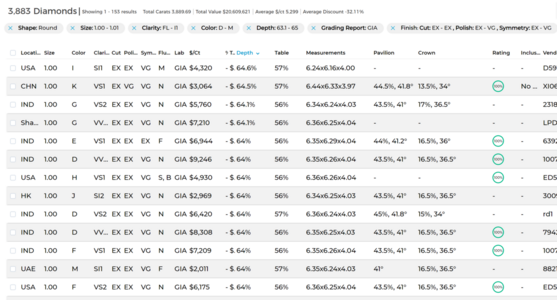
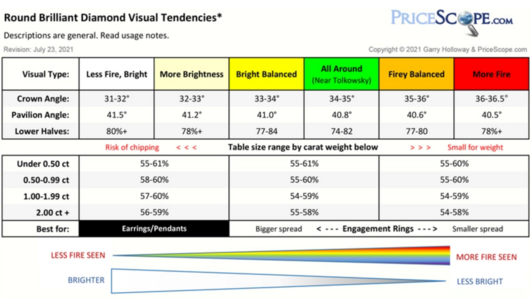
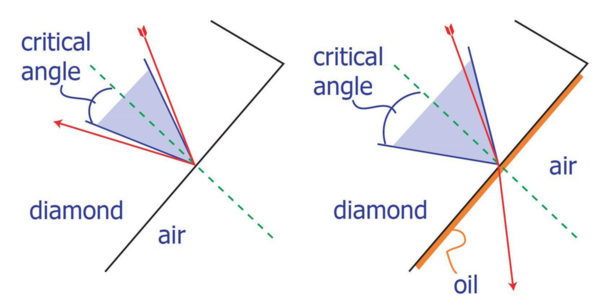

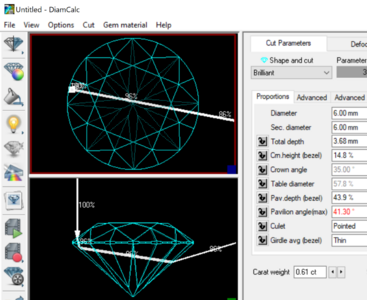
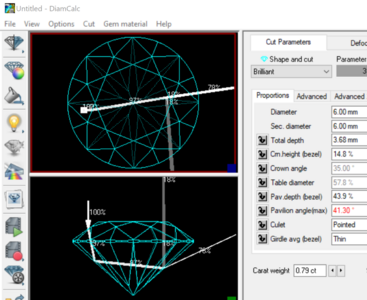


300x240.png)